Gothenburg is Sweden’s second largest city and the country’s window to the west. Maritime transport has always played a major role in the development of the city, and it is one of the country’s commercial centers with Scandinavia’s largest port.
Gothenburg with 500,000 inhabitants is located where the great Göta River flows through a beautiful archipelago towards the sea of Kattegat. The atmosphere in Gothenburg is very international, and the city offers a very wide range of sights, culture, gastronomy and activities in the beautiful scenery with the Göta River and hilly terrain of the city.
A fine variation in architecture is one of the hallmarks of the city, just as the many interesting museums. In addition, shopping malls and pedestrian streets, tram rides, canal tours, cozy cafes and world kitchens are some of the things that attract visitors to Gothenburg every year.
There is a lot of places suitable for day trips from Gothenburg. The west coast is popular with towns like Marstrand, and you can also choose to follow the Göta River to fascinating Trollhättan, where the cradle of Swedish industry can be seen in museums, power plants and more. All thanks to the great waterfalls that you can see as well.

This square is one of Gothenburg’s central urban spaces. The current name comes from the city’s founder, King Gustav II Adolf, and there is a statue from 1854 of him in the middle of the square. The city hall and Gothenburg’s stock exchange building are two of the buildings that surround Gustav Adolf Square.
Liseberg is Gothenburg’s popular, fun and cozy amusement park, where locals and tourists cheer during the season. The garden itself is beautiful and worth seeing; even if you do not try the rides. Take a walk in the evening and enjoy the lights and laughs.
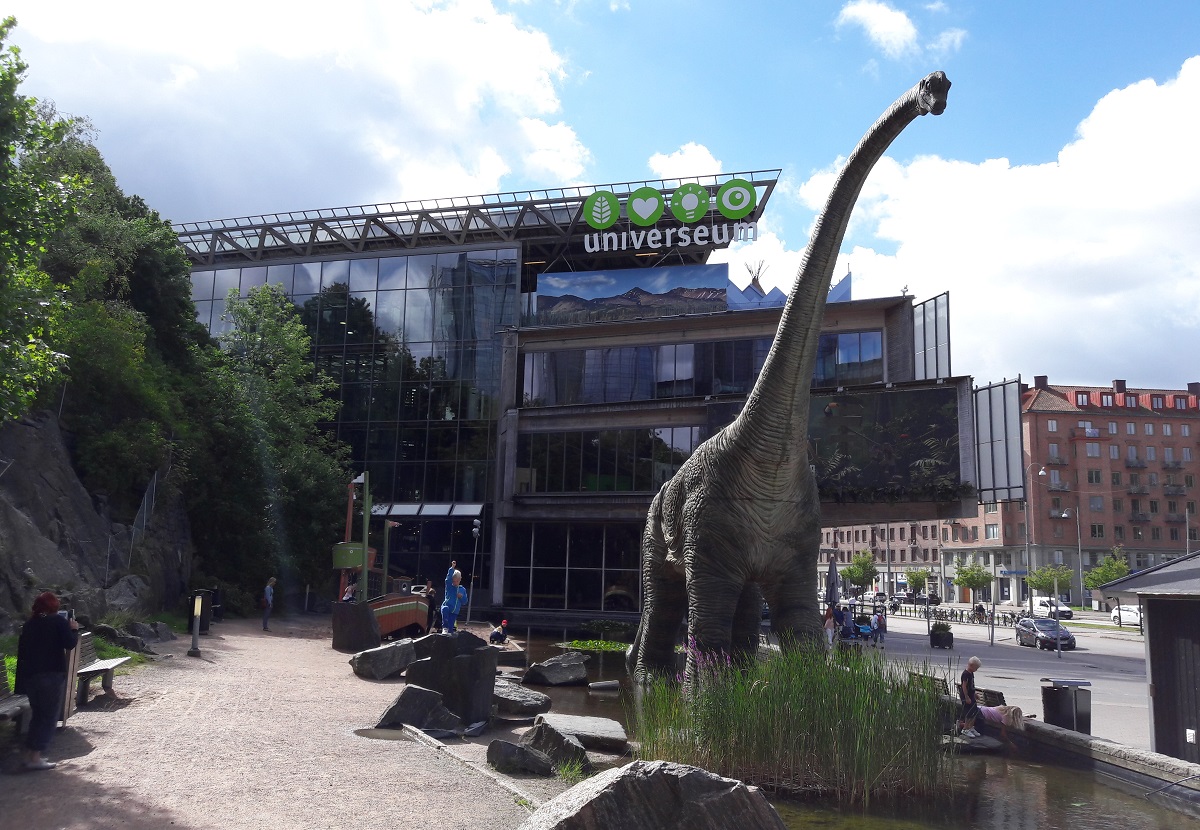
Universeum is a modern science center for anyone with curiosity and desire for the marvelous world of technology and natural sciences. There are many things to see and do on several floors of the interesting museum building.

This fine square at the end of Kungsport Avenue was completed as part of the city’s 300th anniversary in 1923 with inspiration from squares in Paris and Vienna. The building ensemble is beautiful and stylish with several notable buildings.

The impressive Masthuggskyrkan is one of Gothenburg’s best examples of the national romantic style, which has its primary sources of inspiration in the Viking Age and the Middle Ages. The location af the church is also spectucular with great views from the hilltop.
Kronhuset is Gothenburg’s former armoury and also the city’s oldest preserved building; the house was built in the years 1643-1654 and can be seen in the city’s old quarter within the old moats.

Paddan is the name of Gothenburg’s sightseeing boats, and from the place Kungsportbron at the Kungsport Square there are several different trips on the city’s canals and harbor to choose from. They are all nice rides and give a new perspective of the city when seen from the water level.
Kungsportsavenyn is Gothenburg’s wide and nice grand avenue. The avenue was laid out on the old road towards the city’s King’s Gate/Kungsporten. It happened in the 19th century with inspiration from European boulevards such as the Champs-Élysées in Paris and the Ringstraße in Vienna.
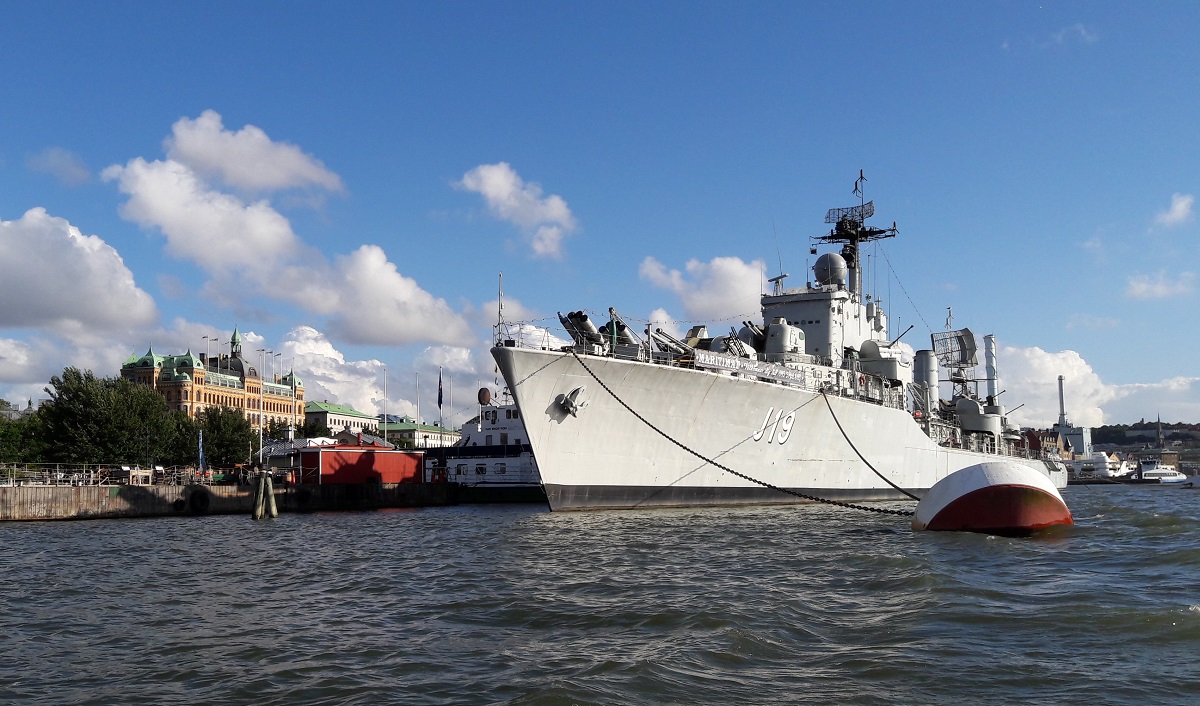
This is a maritime museum and one of the world’s largest ship museums. In addition to an exciting exhibition with many items, there are a large number of vessels to look at.
Gothenburg’s Natural History Museum was founded in 1833, and in 1923 the museum moved to its current location by Slottsskogen. You can see a preserved blue whale that previously served as a café and much more.
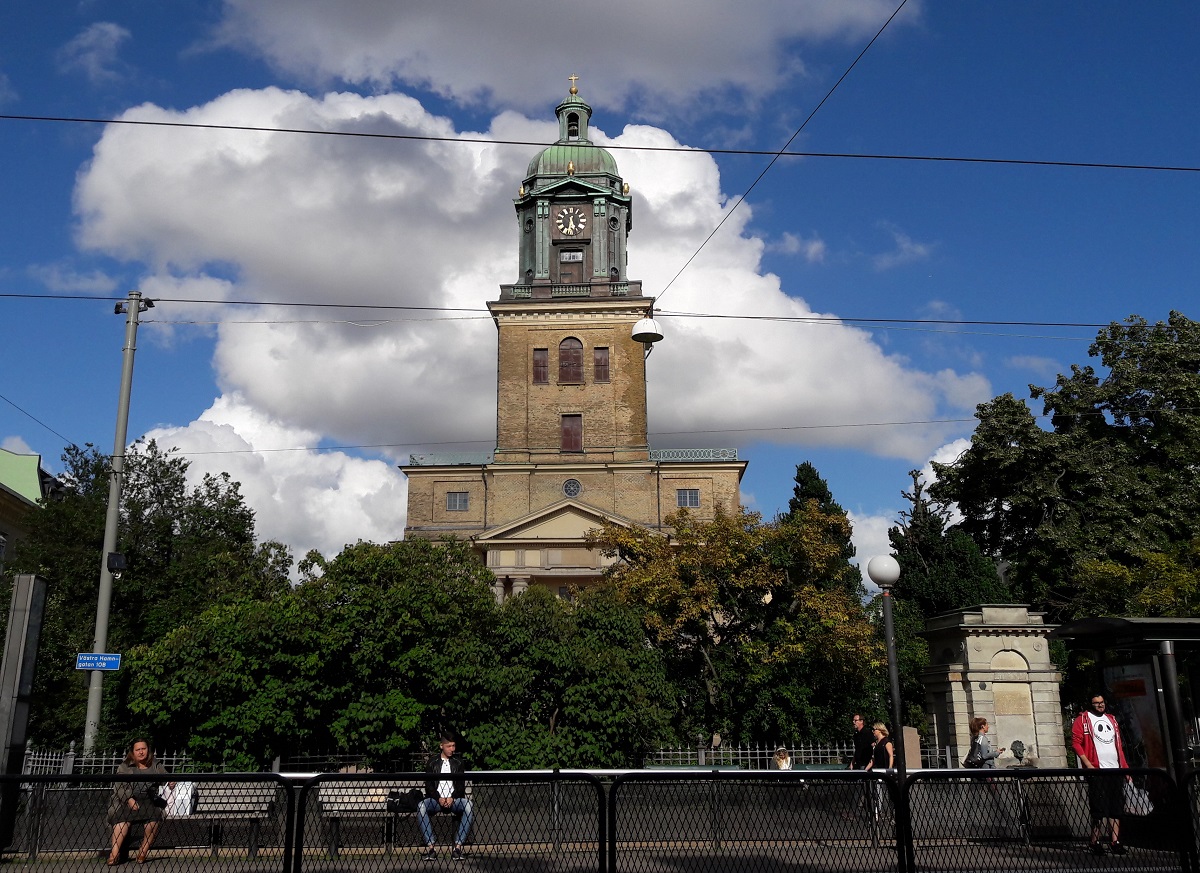
Gothenburg Cathedral is a beautiful church that was designed by Carl Wilhelm Carlberg and built from 1804. The church was consecrated in 1825 as the third cathedral in this place. The architecture is classicism with a fine interior.
At the Volvo Museum you can see many of the well-known Swedish car models on display; both from its inception in 1927 to today’s luxurious cars, and you can also see concept cars and prototypes that never came into production.
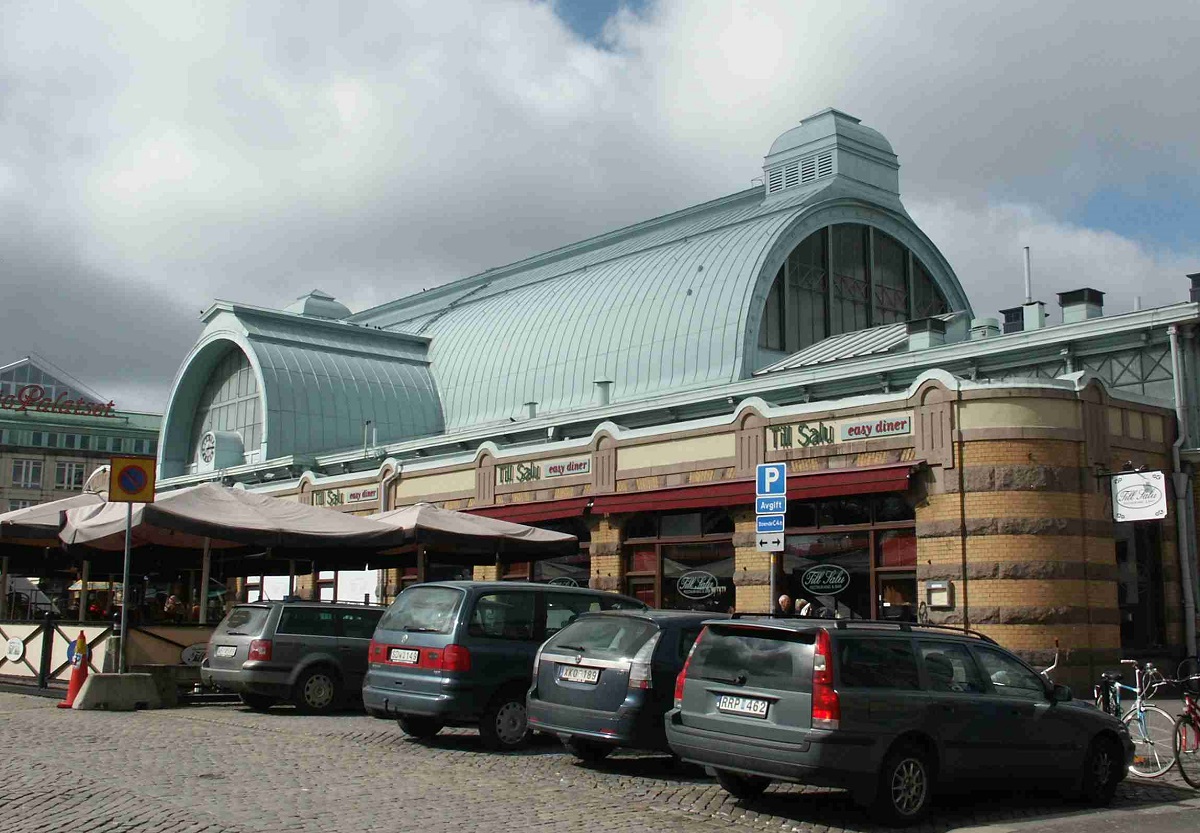
This market hall is a lively marketplace with many small shops where you can find delicious delights. The market building was built in 1889 and still stands as a beautiful building monument from its time.
The Gothenburg City Museum depicts the history of the city of Gothenburg and Western Sweden. The time goes back from the present day to the Middle Ages, the Viking Age and to the first settlements in the area.

Stora Teatern is one of Gothenburg’s cultural venues. The theater existed as early as 1816, but the present building was constructed in 1859. It was the first large stone building erected outside the city’s moats.
This museum tells the history of maritime Sweden from the 17th century to the present day. Among other things, you can see a number of fine ship models.
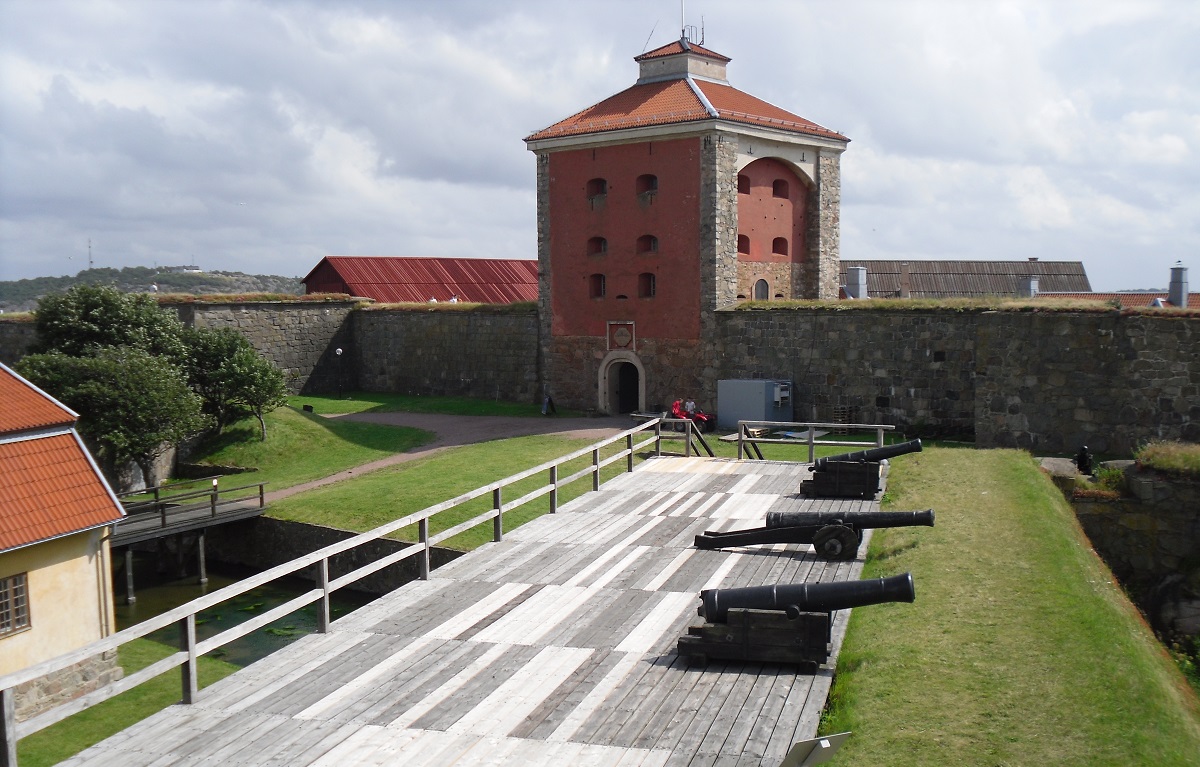
The fortress Nya Älvsborg was built from 1653 on the churchyard island in Älvsborgsfjorden, which is the mouth of the Göta River. You can get here from the center of Gothenburg, and both the trip here and the impressive fortifications are an experience.

The cozy little town of Marstrand is located almost to the sea on the islands of Marstrandsön and Koön in the Gothenburg archipelago. The atmosphere is maritime, and here is both great nature and several sights such as the mighty Carlsten Fortress.
In the town of Kungälv, you can see the ruins of the large Bohus Fortress. The fortress was built from 1308 by the Norwegian King Haakon V Magnus in defense of Norway’s southern border. It became one of the largest and strongest military facilities in the Nordic region.

The industrial city of Trollhättan has grown when it was possible to utilize the power of the large quantities of water in Göta Älv and Trollhättan Falls for energy production. Already in the 18th century, the power of the city’s large waterfalls was exploited. Today you can see the waterfalls, nature, Trollhättan’s many locks and several fine museums.
Towards the sea to the south of Gothenburg you will find the beautifully situated Tjolöholm Castle. The castle was built in 1904 in true English tudor style by the wealthy Fredrick Dickson, who had Scottish ancestry. Today, the city of Gothenburg owns the castle, where you can also enjoy a beautiful garden.
Östra Hamngatan 1
arkadengoteborg.com
Fredsgatan/Kungsgatan
kompassen.se
Östra Hamngatan 42
nk.se
Nordstadstorget
nordstan.se
Drottninggatan, Fredsgatan, Kungsgatan, Kungsportsavenyn, Linnégatan
Liseberg
Örgrytevägen
liseberg.se
Naturhistoriska Museum
Slottsskogen
gnm.se
Universeum
Korsvägen
universeum.se
Borås Zoo
Borås, 60 km E
boras-zoo.se
goteborgs.trafikinformation.nu
It was not until the 13th century that Sweden in the Gothenburg area acquired a land area between the Norwegian Bohus Län and the Danish Halland with access to the Kattegat. Before that, Lödöse was 40 km from the mouth of the Göta Älven nearest city.
Around 1303 Gullberg was built as the first fortress by King Birger Magnusson. In 1333, the castle Lindholmen is mentioned in a letter from King Magnus Eriksson, and in 1366 Älvsborg is mentioned for the first time. With the fortresses, the Swedes controlled the mouth of Göta Älven.
Götaholm was founded in 1473 and later changed its name to Nya Lödöse. Götaholm took over as the center of trade for the inner Swedish area.
Götaholm was exposed to possible attacks from the water, and therefore in 1545 the residence was moved to Älvsborg, which provided protection. In 1570, however, the Danes occupied the Älvsborg Fortress, and the inhabitants moved back to the old square.
In the early 1600s, a group of Dutchmen came to the area. They were to develop Sweden’s copper trade. To that end, King Karl IX built Gothenburg and granted it market town rights in 1607. Already in 1611 the city was destroyed during the Kalmar War.
King Gustav II Adolf founded the second and present Gothenburg in 1621. It was a blend of the Dutch and Swedish-German residents’ culture and traditions from the previous two cities in the area. Large parts of Götaholm / Nya Lödöse’s population were relocated.
Throughout the 17th century Gothenburg was continuously expanded in connection with its role as Sweden’s window to the west and the center of trade over the seas for northwestern European markets.
The town was a diocese with a bishop and also a residence town for governors and governors. In 1670, the city had 4,000 inhabitants.
Both Halland and Bohus Län had become Swedish possessions. Gothenburg maintained its position as the west coast’s dominant city in a now larger Swedish region.
Throughout the 17th century, Dutch trade and capital were dominant in Gothenburg’s development. The city was among the leaders in the production of textile products. In the 18th century, the English took over the Dutch trading position in the city. The largest export items were iron and wood products from the Swedish inland, which were sailed to Gothenburg by Göta Älv.
The 1700s were also the years when Gothenburg was the whole area’s center for trade in, for example, Chinese tea and porcelain. The trade took place through the Ostindiska Kompagni, founded in 1731.
The city’s position in the country was strong, and already in the 18th century was Sweden’s second largest city. Around 1800, 13,000 people lived here, and during the rapid development of the 19th century, the number increased to 130,000 in 1900.
At the beginning of the 19th century with Napoleon’s mainland blockade, Gothenburg became England’s transit port for goods to and from Europe. That meant a boom, and even after the blockade was abolished, many English and Scottish businessmen established themselves in the city.
The presence of British businessmen, in addition to economic progress, provided a cultural boost. Some of them had become wealthy, and they donated fortunes to the city of Gothenburg, which enabled various institutions to be set up, including. hospital, library and university.
Around 1850, Gothenburg had become the country’s largest import and export port, and the great trade brought many new industries with it. After Stockholm was Sweden’s largest industrial city.
Around 1900, modern Gothenburg was built with its wide boulevards and many parks. The Liseberg amusement park and the beautifully landscaped Gothic Square were erected in connection with the 1923 World Exhibition.
The city flourished with progress for the shipbuilding industry and the Swedish shipping industry. Some companies were also founded during the period, for example SKF Svenska Kullagerfabriken and the car factory Volvo.
By the end of the 20th century Gothenburg was dominated by the harbor and many heavy industries. With the crisis of the 1970s, caused yard closures, followed some financially difficult years for the city.
Today’s Gothenburg is a modern and open city that in recent decades has developed economically and not least culturally.
Overview of Gothenburg
Gothenburg is Sweden’s second largest city and the country’s window to the west. Maritime transport has always played a major role in the development of the city, and it is one of the country’s commercial centers with Scandinavia’s largest port.
Gothenburg with 500,000 inhabitants is located where the great Göta River flows through a beautiful archipelago towards the sea of Kattegat. The atmosphere in Gothenburg is very international, and the city offers a very wide range of sights, culture, gastronomy and activities in the beautiful scenery with the Göta River and hilly terrain of the city.
About the upcoming Gothenburg travel guide
About the travel guide
The Gothenburg travel guide gives you an overview of the sights and activities of the Swedish city. Read about top sights and other sights, and get a tour guide with tour suggestions and detailed descriptions of all the city’s most important churches, monuments, mansions, museums, etc.
Gothenburg is waiting for you, and at vamados.com you can also find cheap flights and great deals on hotels for your trip. You just select your travel dates and then you get flight and accommodation suggestions in and around the city.
Read more about Gothenburg and Sweden
Buy the travel guide
Click the “Add to Cart” button to purchase the travel guide. After that you will come to the payment, where you enter the purchase and payment information. Upon payment of the travel guide, you will immediately receive a receipt with a link to download your purchase. You can download the travel guide immediately or use the download link in the email later.
Use the travel guide
When you buy the travel guide to Gothenburg you get the book online so you can have it on your phone, tablet or computer – and of course you can choose to print it. Use the maps and tour suggestions and you will have a good and content-rich journey.
Masthugg Church • Göta Square • Fine Museums • Liseberg • Älvsborg
Overview of Gothenburg
Gothenburg is Sweden’s second largest city and the country’s window to the west. Maritime transport has always played a major role in the development of the city, and it is one of the country’s commercial centers with Scandinavia’s largest port.
Gothenburg with 500,000 inhabitants is located where the great Göta River flows through a beautiful archipelago towards the sea of Kattegat. The atmosphere in Gothenburg is very international, and the city offers a very wide range of sights, culture, gastronomy and activities in the beautiful scenery with the Göta River and hilly terrain of the city.
About the upcoming Gothenburg travel guide
About the travel guide
The Gothenburg travel guide gives you an overview of the sights and activities of the Swedish city. Read about top sights and other sights, and get a tour guide with tour suggestions and detailed descriptions of all the city’s most important churches, monuments, mansions, museums, etc.
Gothenburg is waiting for you, and at vamados.com you can also find cheap flights and great deals on hotels for your trip. You just select your travel dates and then you get flight and accommodation suggestions in and around the city.
Read more about Gothenburg and Sweden
Buy the travel guide
Click the “Add to Cart” button to purchase the travel guide. After that you will come to the payment, where you enter the purchase and payment information. Upon payment of the travel guide, you will immediately receive a receipt with a link to download your purchase. You can download the travel guide immediately or use the download link in the email later.
Use the travel guide
When you buy the travel guide to Gothenburg you get the book online so you can have it on your phone, tablet or computer – and of course you can choose to print it. Use the maps and tour suggestions and you will have a good and content-rich journey.

Paddan is the name of Gothenburg’s sightseeing boats, and from the place Kungsportbron at the Kungsport Square there are several different trips on the city’s canals and harbor to choose from. They are all nice rides and give a new perspective of the city when seen from the water level.
Kungsportsavenyn is Gothenburg’s wide and nice grand avenue. The avenue was laid out on the old road towards the city’s King’s Gate/Kungsporten. It happened in the 19th century with inspiration from European boulevards such as the Champs-Élysées in Paris and the Ringstraße in Vienna.

This is a maritime museum and one of the world’s largest ship museums. In addition to an exciting exhibition with many items, there are a large number of vessels to look at.
Gothenburg’s Natural History Museum was founded in 1833, and in 1923 the museum moved to its current location by Slottsskogen. You can see a preserved blue whale that previously served as a café and much more.

Gothenburg Cathedral is a beautiful church that was designed by Carl Wilhelm Carlberg and built from 1804. The church was consecrated in 1825 as the third cathedral in this place. The architecture is classicism with a fine interior.
At the Volvo Museum you can see many of the well-known Swedish car models on display; both from its inception in 1927 to today’s luxurious cars, and you can also see concept cars and prototypes that never came into production.

This market hall is a lively marketplace with many small shops where you can find delicious delights. The market building was built in 1889 and still stands as a beautiful building monument from its time.
The Gothenburg City Museum depicts the history of the city of Gothenburg and Western Sweden. The time goes back from the present day to the Middle Ages, the Viking Age and to the first settlements in the area.

Stora Teatern is one of Gothenburg’s cultural venues. The theater existed as early as 1816, but the present building was constructed in 1859. It was the first large stone building erected outside the city’s moats.
This museum tells the history of maritime Sweden from the 17th century to the present day. Among other things, you can see a number of fine ship models.

The fortress Nya Älvsborg was built from 1653 on the churchyard island in Älvsborgsfjorden, which is the mouth of the Göta River. You can get here from the center of Gothenburg, and both the trip here and the impressive fortifications are an experience.
Similar to Gothenburg Travel Guide
There are no listings matching your search.
Reset